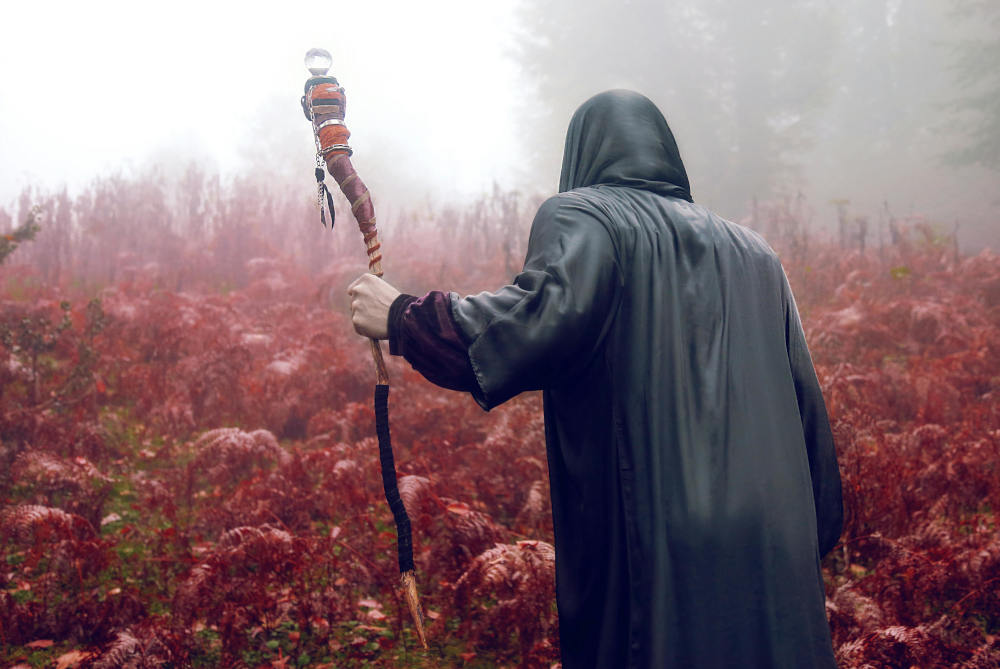
Though Christianity and shamanism seem worlds apart, traces of shamanic practices and beliefs echo through Christian history, theology, and ritual. Shamanism—the ancient spiritual practice of mediating between worlds, healing, and accessing divine knowledge—shares surprising parallels with Christian mysticism, saints’ visions, healing traditions, and even early missionary methods. While mainstream theology often distances itself from shamanic roots, cultural anthropology, history, and comparative religion offer a more nuanced view.
Panaprium est indépendant et pris en charge par les lecteurs. Si vous achetez quelque chose via notre lien, nous pouvons gagner une commission. Si vous le pouvez, veuillez nous soutenir sur une base mensuelle. La mise en place prend moins d'une minute et vous aurez un impact important chaque mois. Merci!
What Is Shamanism?
Shamanism is one of the oldest spiritual traditions known to humanity. Practiced across indigenous cultures from Siberia to the Amazon, it involves a practitioner—called a shaman—entering altered states of consciousness to communicate with spirits, heal illness, retrieve lost soul parts, or receive divine guidance. Shamans often use drums, fasting, dance, chanting, and plant medicines to induce trance states. Their role blends healer, priest, counselor, and guide between the visible and invisible realms.
Importantly, shamanism is not a religion per se, but a set of spiritual techniques rooted in animism—the belief that everything has a spirit.
Early Christianity and Pagan Traditions
When Christianity began spreading across Europe, it encountered deeply ingrained pagan and animistic traditions with shamanic elements. Druids in Celtic lands, seers in Norse cultures, and tribal shamans in Eastern Europe all held sacred roles in their communities.
To facilitate conversion, early Christian missionaries often rebranded local traditions. Sacred groves became church sites. Pagan festivals like Samhain were transformed into All Saints' Day. Local deities were reframed as saints. Many scholars argue that Christianity absorbed elements of shamanism—knowingly or not—to ease integration.
Visionary Experiences and Prophets
Christianity, particularly in its early centuries, was rich in visions, prophecy, and mystical experience. Biblical figures like Moses, Elijah, Ezekiel, and John the Revelator exhibit characteristics akin to shamans:
-
Moses climbs Mount Sinai, encounters a burning bush, speaks with God, and returns glowing with divine energy.
-
Elijah calls down fire from the heavens and is taken to heaven in a chariot.
-
Ezekiel’s visions of celestial wheels and angelic beings resemble shamanic journeys to otherworldly realms.
-
John’s Revelation reads like a classic shamanic vision quest—filled with symbols, heavenly voices, and cosmic battles.
These stories share motifs with shamanic journeys: ascent to heaven, descent to underworlds, transformation, and direct communication with spiritual beings.
Saints as Christian Shamans?
Many Christian saints, especially mystics, lived lives that closely resemble shamanic paths. Take St. Francis of Assisi, who communicated with animals and renounced materialism after a profound spiritual vision. Or St. Teresa of Ávila and St. John of the Cross, who described ecstatic unions with the divine in deeply poetic and visionary language.
Their spiritual paths involved:
-
Intense inner transformation (initiatory illness or suffering)
-
Visionary experiences and communication with spiritual beings
-
Healing abilities or miracles
-
Withdrawal from society and return as spiritual guides
In anthropology, this is referred to as the “shamanic crisis”—a period of suffering or madness that leads to spiritual awakening. Many saints underwent such crises and emerged as healers and teachers.
Christian Rituals with Shamanic Echoes
While modern Christianity rarely identifies with shamanism, certain rituals bear striking similarities:
1. Laying on of Hands
This act of healing through spiritual energy is central to both Christian and shamanic traditions. In the New Testament, Jesus and his disciples heal the sick through touch—mirroring the shaman’s use of hands and energy to restore balance.
2. Anointing with Oil
Anointing is both sacramental and medicinal. Shamans often use sacred oils or herbs to cleanse and protect individuals. In Christianity, oil represents the Holy Spirit and is used in baptism, confirmation, and healing rites.
3. Speaking in Tongues (Glossolalia)
In Pentecostal and charismatic Christianity, believers enter trance-like states, speaking in unknown languages. This ecstatic experience strongly parallels shamanic trance languages, believed to be communication with spirits or gods.
4. Exorcism
Christian priests cast out demons through ritual—a core practice of many shamans who expel harmful spirits causing illness. Though the theological framework differs, the technique of addressing spiritual intrusion is remarkably similar.
5. Pilgrimage and Asceticism
Shamans often go into isolation—caves, mountains, or deserts—for spiritual trials. Christian hermits, monks, and mystics like the Desert Fathers followed similar paths of fasting, solitude, and prayer to commune with God.
Indigenous Christianity: Syncretism and Survival
In many indigenous cultures, Christianity and shamanism coexist in a blended form known as syncretism. For example:
-
In Andean Christianity, shamans (called paqos) integrate Christian saints with traditional earth spirits like Pachamama.
-
In Haitian Vodou, Catholic saints are mapped onto loa spirits, preserving African spiritual practices within Christian symbolism.
-
In the Philippines, native healers (albularyos) may invoke both Jesus and local spirits in healing rituals.
Rather than rejecting shamanism, these cultures interpreted Christianity through their own spiritual lens, preserving ancient wisdom under the cover of new religion.
The Theological Divide
Despite historical and ritual similarities, mainstream Christianity tends to reject shamanism as incompatible or even heretical. Reasons include:
-
Monotheism vs. Animism: Christianity worships one God, while shamanism often sees many spirits.
-
Salvation theology: Christianity emphasizes sin and redemption through Christ, while shamanism focuses on balance and healing.
-
Institutional control: The Church has long been wary of independent spiritual authorities like shamans, especially women and mystics.
Yet mystics, visionaries, and folk healers continue to exist on the margins of Christian communities, often serving roles akin to shamans—especially in rural, indigenous, or charismatic contexts.
Modern Christian Mysticism and Healing
Today, a renewed interest in Christian mysticism and healing reflects shamanic themes. Practices like:
-
Centering Prayer and Contemplative Meditation
-
Christian energy healing (like Reiki adapted with prayer)
-
Spiritual direction and guided inner journeys
-
Charismatic revival movements with prophecy and healing
These point to a hunger for direct spiritual experience—something shamanism has always offered.
Even Christian authors like Richard Rohr, Cynthia Bourgeault, and Thomas Keating explore inner transformation, nondual consciousness, and divine union in ways that resonate with shamanic wisdom, though grounded in Christian theology.
Christianity and Shamanism: Conflict or Complement?
The relationship between shamanism and Christianity is complex. At times they have clashed. In other contexts, they’ve blended or complemented one another. While official doctrine may resist shamanic associations, history, anthropology, and spiritual experience tell a different story.
Rather than enemies, shamanism and Christianity may be seen as different languages for similar truths:
-
Both recognize an unseen spiritual world.
-
Both value personal transformation through suffering.
-
Both employ ritual, prayer, and sacred space.
-
Both call individuals to serve their communities as healers, guides, and intermediaries between realms.
Conclusion
Shamanism in Christianity is not a contradiction, but a hidden thread woven through its history and practice. From prophetic visions in the Bible to healing rituals, from saints’ ecstatic journeys to indigenous syncretism, Christianity has repeatedly intersected with shamanic traditions—sometimes consciously, sometimes unconsciously.
In today’s world, where many seek authentic spiritual experience and holistic healing, recognizing these shared roots can foster deeper understanding. It invites Christians to reclaim mysticism without fear and encourages spiritual seekers to see wisdom not just in distant tribal practices, but within their own traditions.
Rather than dividing lines, the overlap between Christianity and shamanism reveals a shared human longing—for connection, healing, and the mystery of the divine.
Cet article vous a-t-il été utile ? S'il vous plaît dites-nous ce que vous avez aimé ou n'avez pas aimé dans les commentaires ci-dessous.
About the Author: Alex Assoune
Contre Quoi Nous Luttons
Les groupes multinationaux surproduisent des produits bon marché dans les pays les plus pauvres.
Des usines de production où les conditions s’apparentent à celles d’ateliers clandestins et qui sous-payent les travailleurs.
Des conglomérats médiatiques faisant la promotion de produits non éthiques et non durables.
De mauvais acteurs encourageant la surconsommation par un comportement inconscient.
- - - -
Heureusement, nous avons nos supporters, dont vous.
Panaprium est financé par des lecteurs comme vous qui souhaitent nous rejoindre dans notre mission visant à rendre le monde entièrement respectueux de l'environnement.
Si vous le pouvez, veuillez nous soutenir sur une base mensuelle. Cela prend moins d'une minute et vous aurez un impact important chaque mois. Merci.



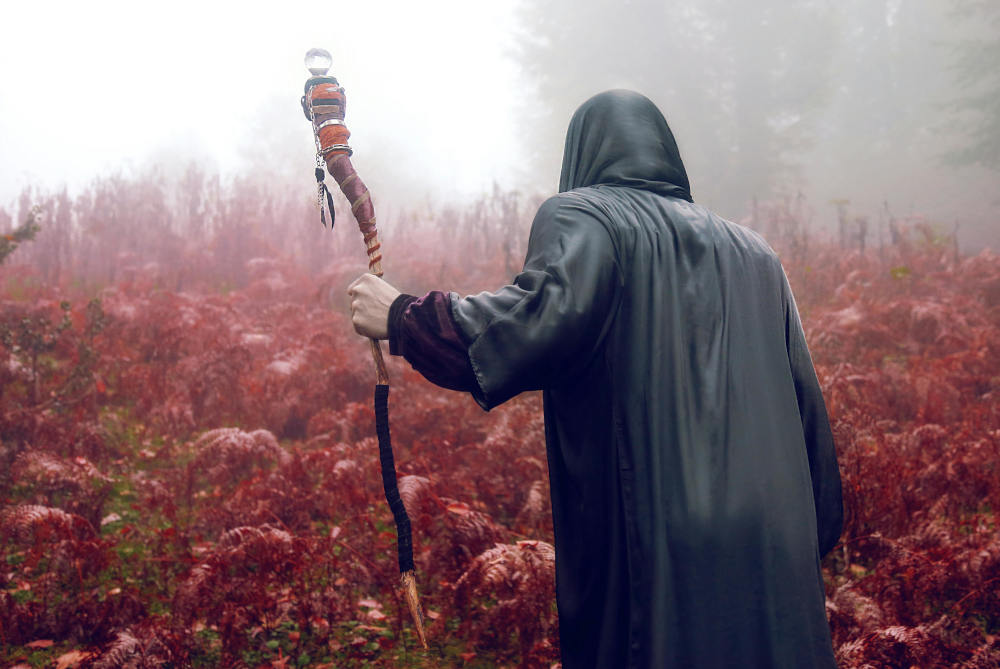
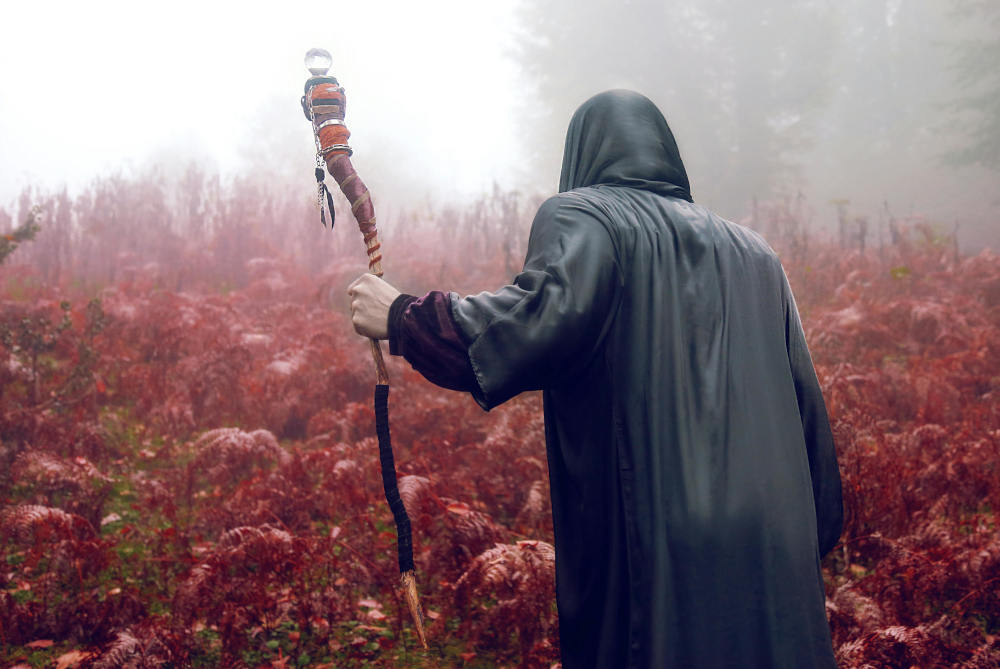






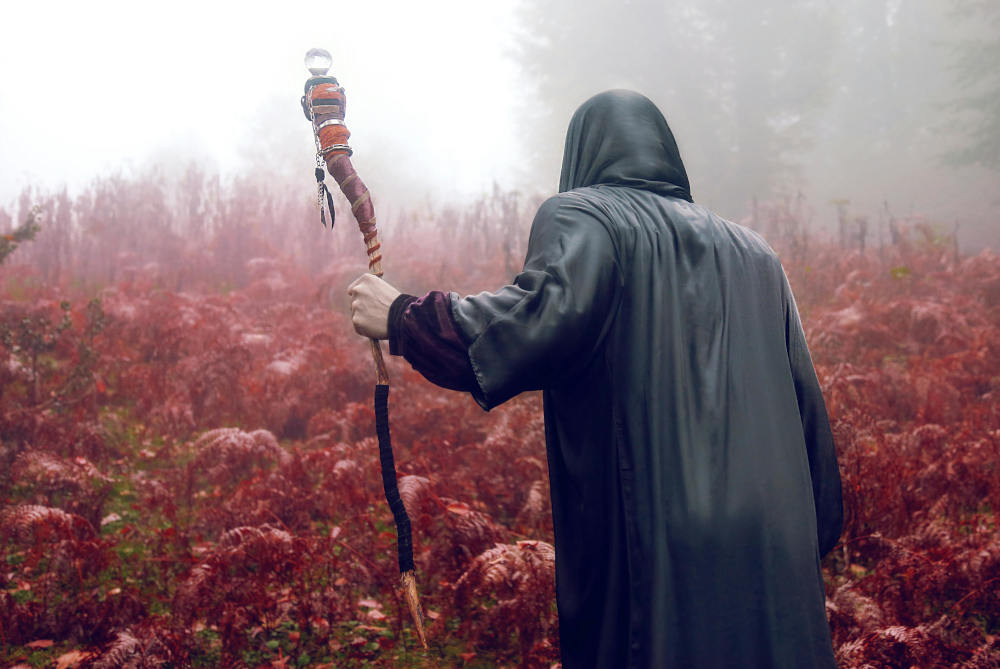










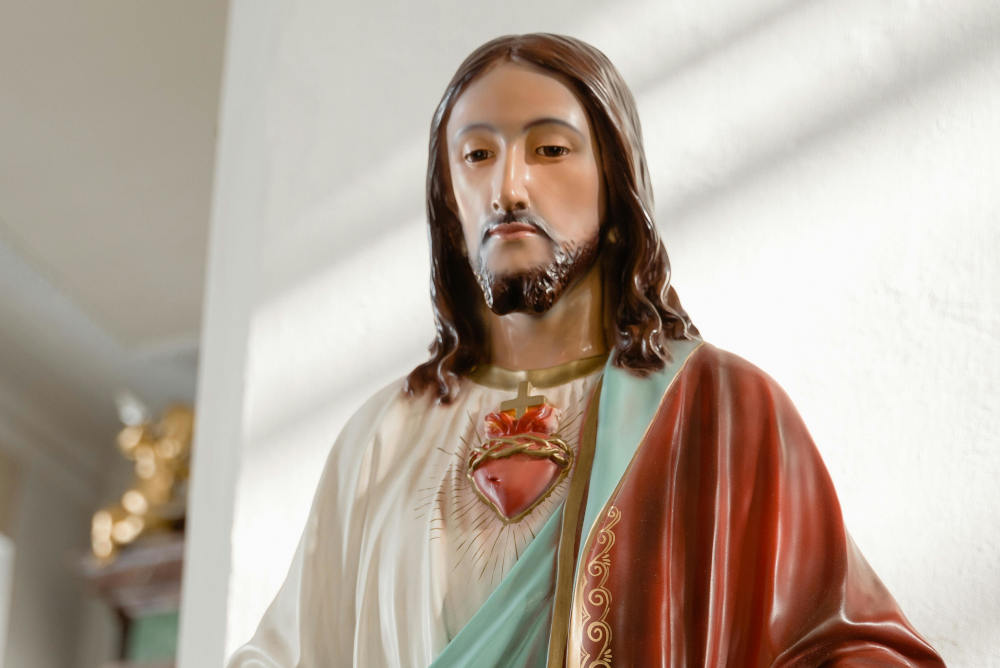
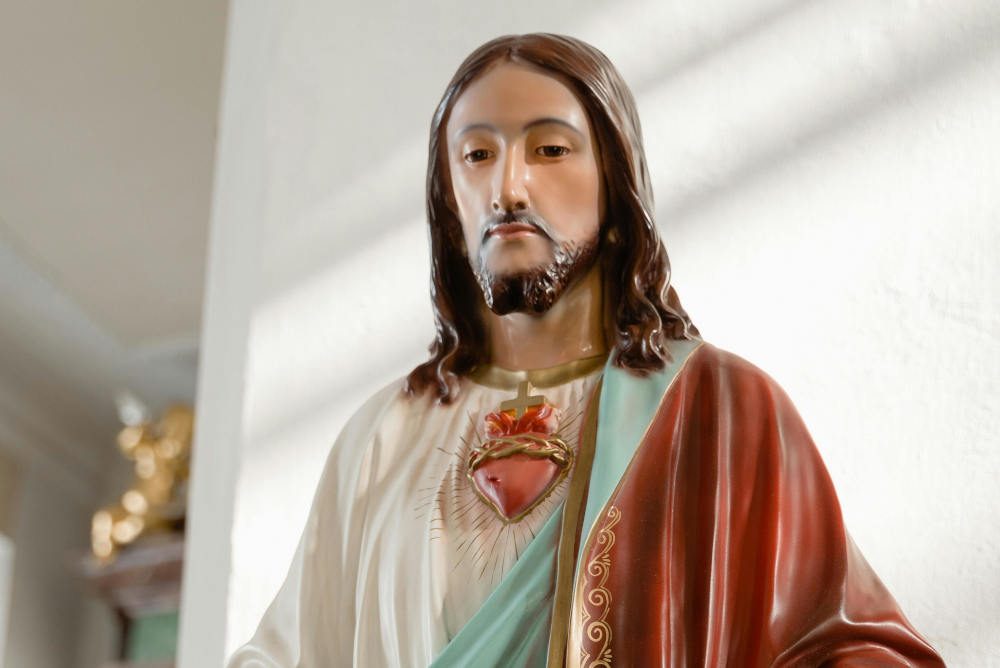
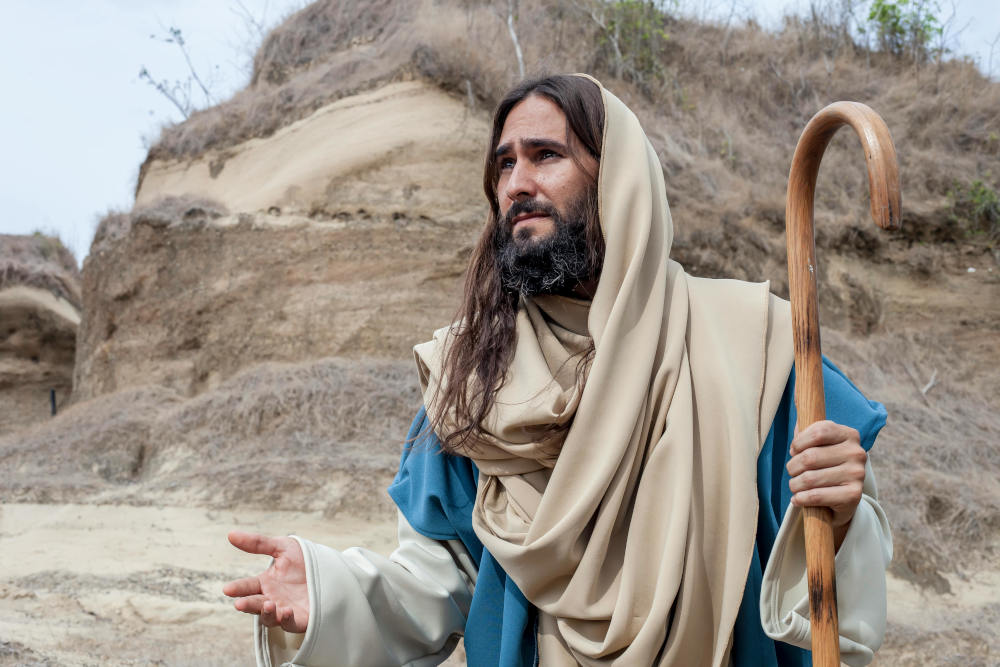






0 commentaires